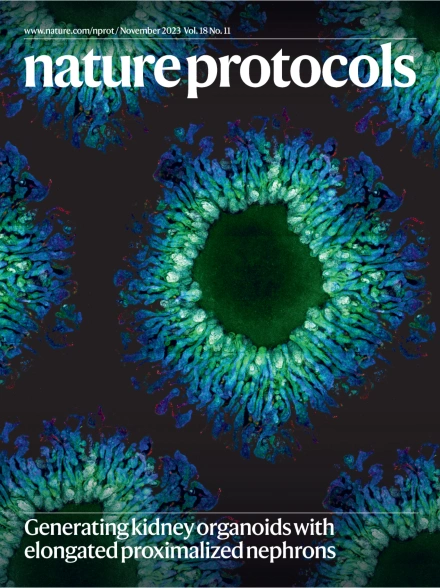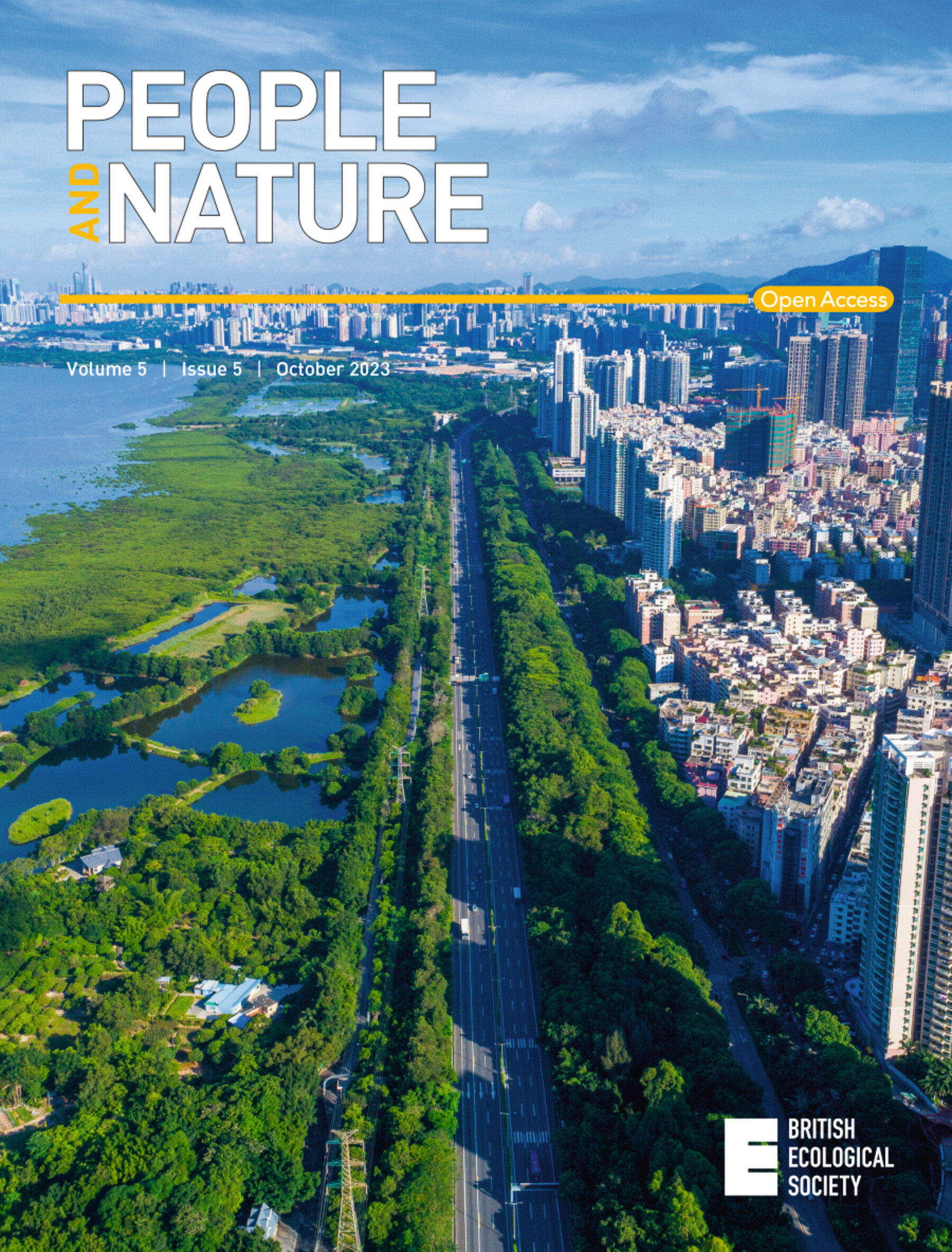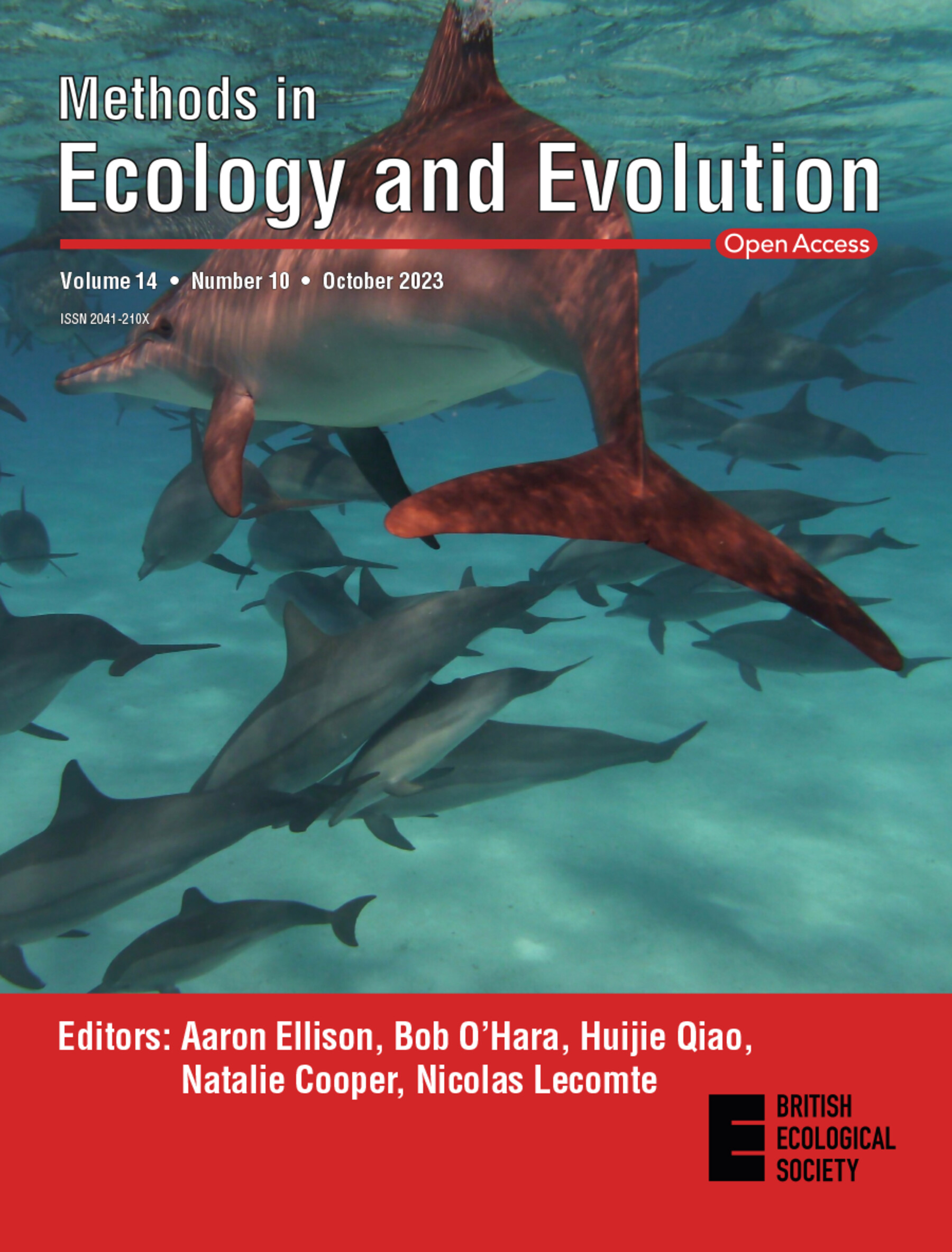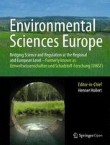Lake browning counteracts cyanobacteria responses to nutrients: Evidence from phytoplankton dynamics in large enclosure experiments and comprehensive observational data
This study combines experiments in large enclosures with a comprehensive time series and a field survey to assess the joint effects of storm-induced lake browning, nutrient enrichment and deep-mixing on phytoplankton.Browning decreases nutrient enrichment effects on phytoplankton, including shifts in the species composition from cyanobacteria and chlorophytes to mixotrophic cryptophytes.

Exposure protocol for ecotoxicity testing of microplastics and nanoplastics
Despite the increasing concern about the harmful effects of micro- and nanoplastics (MNPs), so far, there exist no harmonised guidelines for testing the ecotoxicity of MNPs. An international research team with IGB has now developed protocols to assess the toxicity of these substances in soil and aquatic ecosystems.
Long-term data reveal contrasting impacts of native versus invasive nest predators in Iceland
The authors used unusual Citizen Science data from several decades to show that the American mink has decimated the native eider duck in the Brokey archipelago by about 60 %. In another Icelandic landscape, the return of the native Arctic fox had no discernible impact on the eider population - presumably due to the common evolutionary history in which the eiders have developed defence strategies.

Economic impact of resident and nonresident marine anglers to the local economy in Mecklenburg-Western Pomerania, Germany

Organic carbon isotope stratigraphy of Devonian‑Carboniferous boundary sections in the Rhenish Mountains
Mapping and monitoring peatland conditions from global to field scale
This paper reviews the current state of knowledge on mapping and monitoring peatlands from field sites to the globe and identifies areas where further research is needed. Simple peat characteristics such as degree of humification, dry bulk density or stoichiometry can be used as a proxy to estimate the carbon and nutrient fluxes in different degraded peatlands.

Identifying potential emerging invasive non-native species from the freshwater pet trade
The authors have identified the most important risk species among aquatic pets for Germany and developed a three-step risk assessment method that can serve as a screening tool and as a basis for legislation to restrict future releases of unwanted animals. This is essential, as the study also shows that 97 per cent of the freshwater species sold in Germany are not native.

Diversity of researcher types and plurality of philosophical concepts in limnology – an essay: presidential keynote on occasion of the 100th Anniversary of SIL

Positioning aquatic animals with acoustic transmitters
The paper offers an introduction to novel methods of high-resolution positional telemetry that provide guidance to practioners. It presents a summary of all techniques for fine-scale positioning of the movements of fish.

Potential for high toxicity of polystyrene nanoplastics to the European Daphnia longispina
Until now, the toxicity assessment of microplastics in the environment relied on the model organism Daphnia magna for evaluating potential hazards to aquatic invertebrates. However, other Daphnia species are primarily found in Northern Hemisphere lakes, most notably Daphnia longispina. The current study reveals that Daphnia longispina can be more sensitive to microplastics than Daphnia magna.




